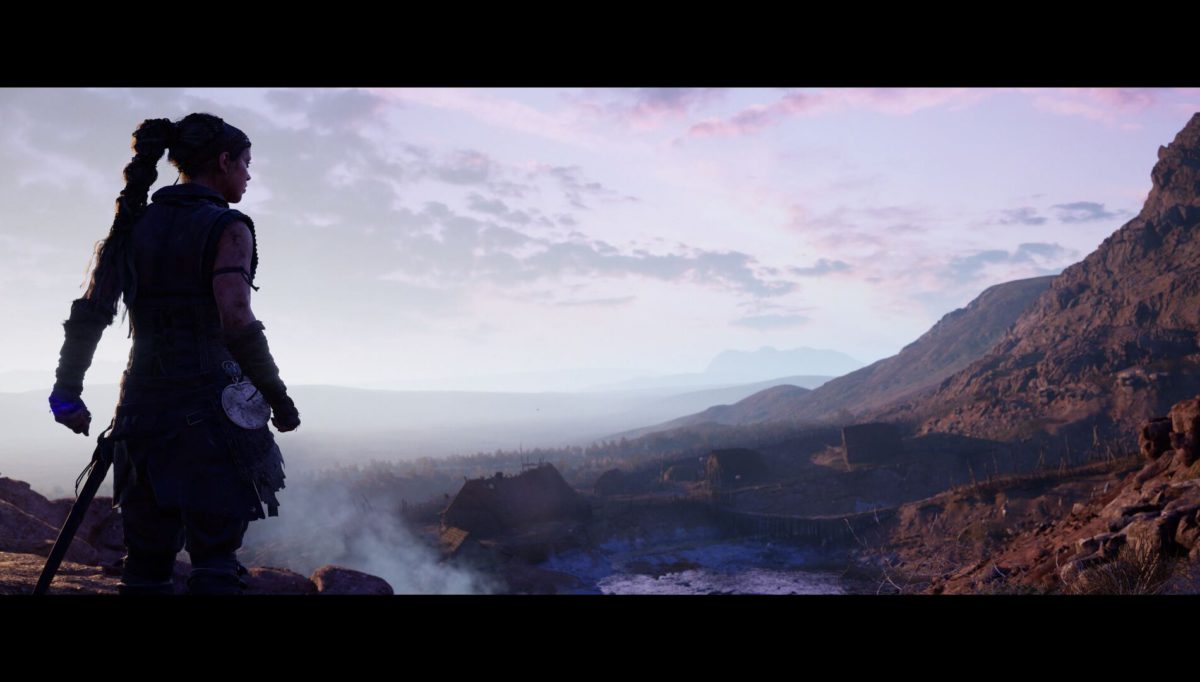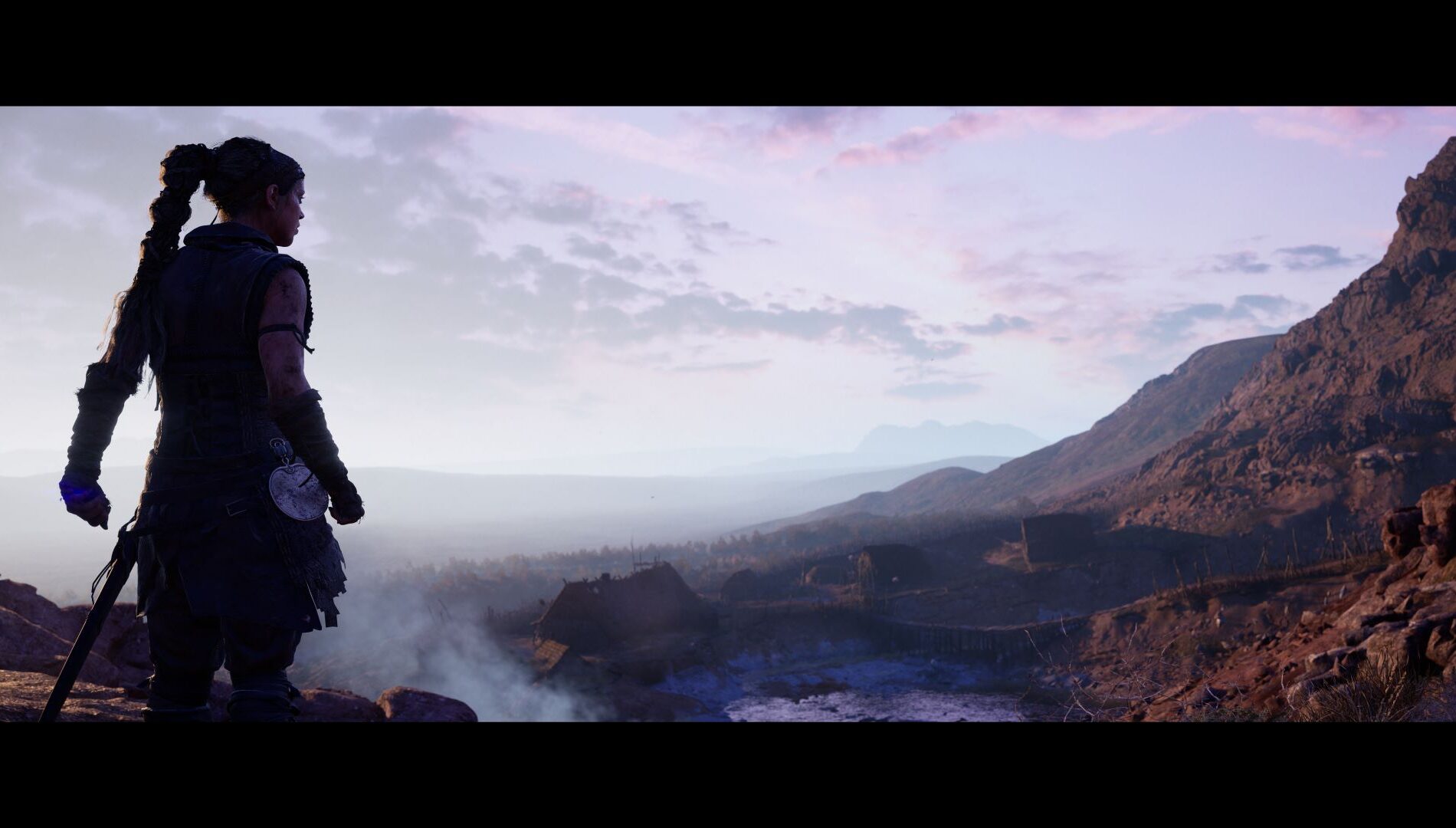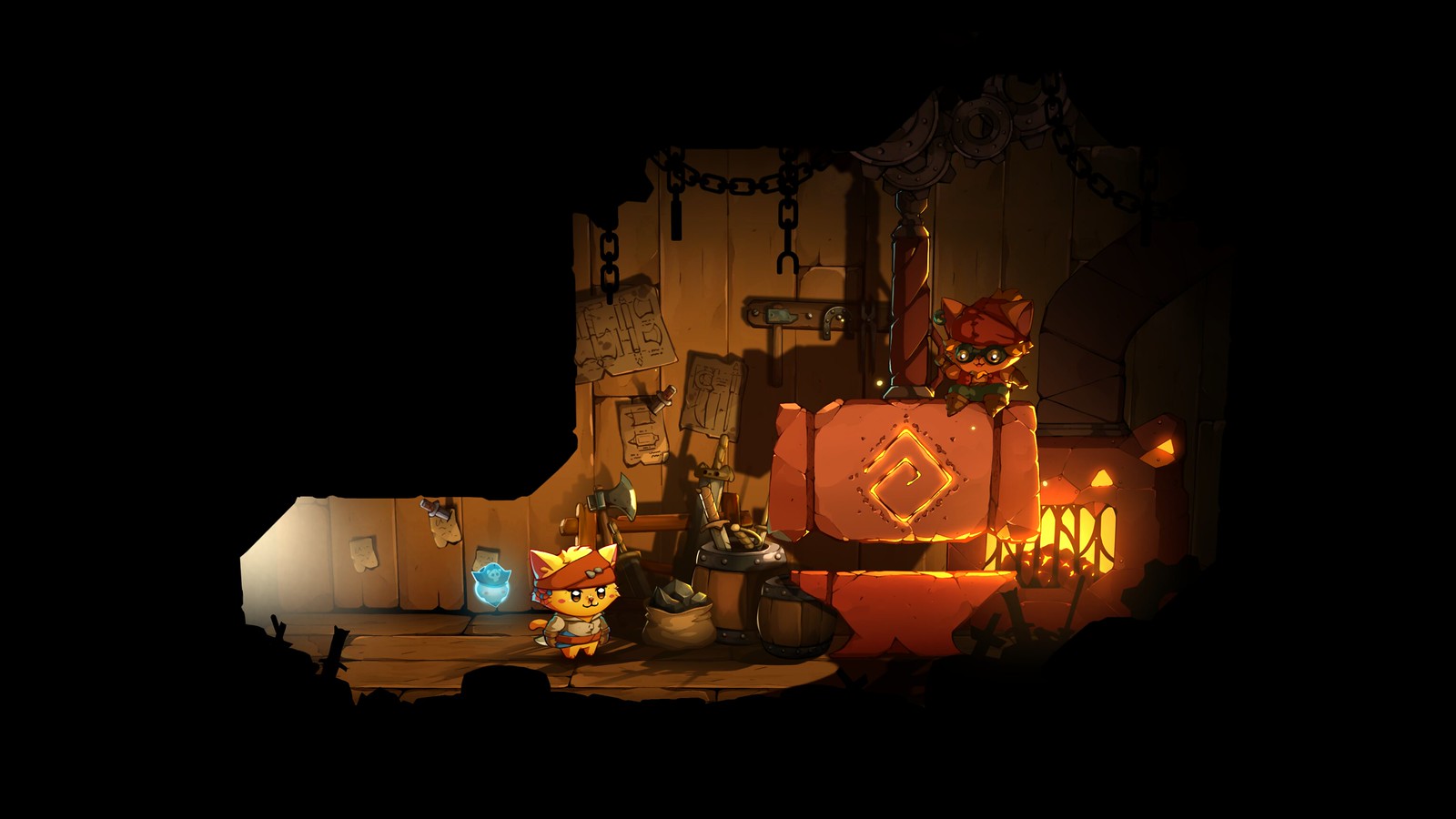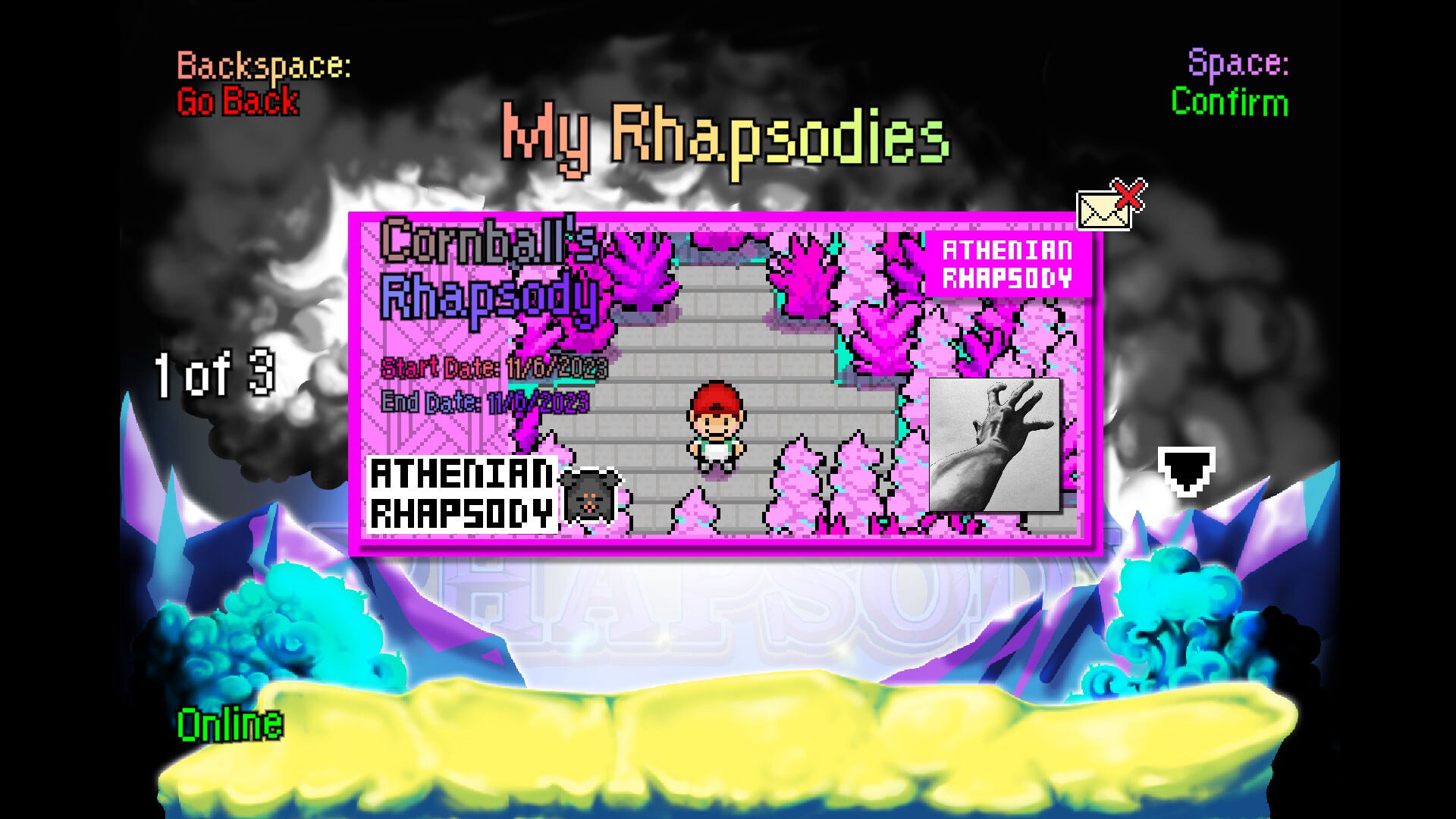How Ninja Theory Strives to Make Senua the Most Human Character in Gaming
2017’s Hellblade: Senua’s Sacrifice was an exceedingly special game. A bold, brash direction for Ninja Theory, the decision to craft a short, narrative experience revolving around mental health was a brave leap, but one that ultimately paid off. Now, seven years later, the studio is gearing up to reveal a sequel to Senua’s story, built with the same love and care, but expanding on the debut in every conceivable way.
In the run up to launch, we’ll be bringing you the story of Senua’s Saga: Hellblade II from inside the studio itself, as well as stories and lessons from Hellblade’s creative leads. This is Ninja Theory’s ultimate form, filled with industry-leading talent, groundbreaking technology, and one of the most unique approaches to game development you’ve ever seen to fulfil the ultimate goal – the pursuit of true immersion.
During one particularly tense cutscene in Senua’s Saga: Hellblade II, I’m rooted in place as I watch Senua make a critical decision. After triumphing in a bloody battle against Viking slavers, she’s presented with the choice to save a new character from a terrible fate. Ninja Theory’s incredible performance capture and Unreal Engine 5 visuals allow me to scan every emotion soaring across Senua’s face – concern, worry, distrust – as she considers the consequences of rescuing someone in need.
In the first game, she might not have experienced the same internal conflict, but in the sequel, she’s making choices and processing emotions in new ways. Senua has not arrived here overnight. She’s gone through and will continue to go through an incredible narrative evolution in Hellblade II. In gaming, “growth” is so often mechanical, statistical – but the Hellblade series makes it a truly characterful experience, and it’s one of many things that makes Ninja Theory’s work stand out.
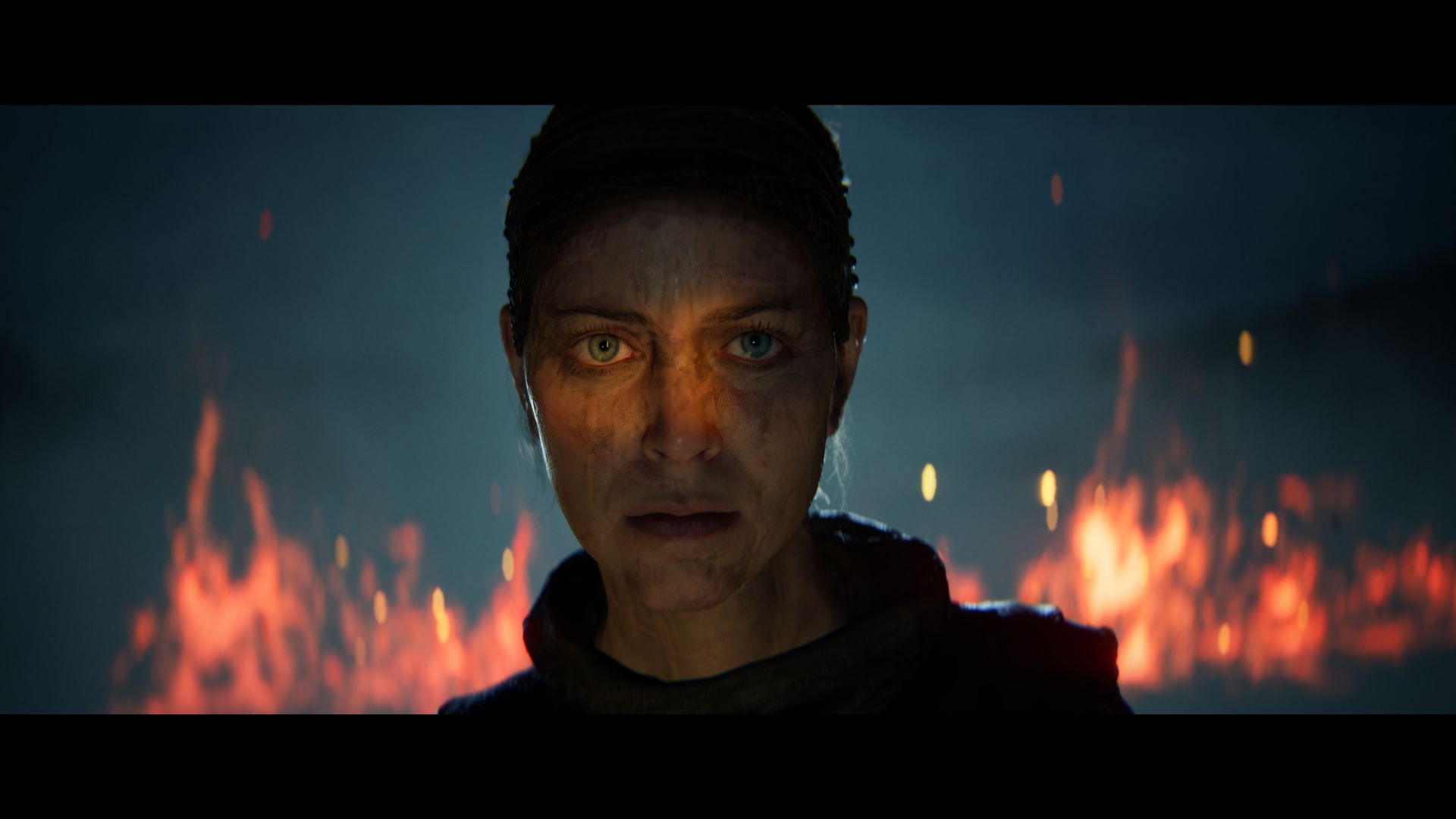
At the end of Hellblade: Senua’s Sacrifice, we see Senua come to terms with the loss of her love, Dillion, and soak in the physical and emotional journey she’s undertaken. Her sequel begins with the sum of that evolution; she’s hardened by her experiences, familiar and accepting of her condition, and tasked with a wider, more selfless goal. This emergence of Senua’s personality and extraversion of herself as she meets new people is an extraordinary step in making her feel real.
“Her purpose in the first game was very interior, the guilt that she felt over Dillion was a very personal mission to her,” says Lara Derham, Stage Director and Writer on Hellblade II. “While that drive is still present in this game, she’s pushing her goal a little more out of herself and into the world. It’s not about her personal love or her circumstances, it’s about preventing harm from coming to other people now.”
This evolution in Senua’s character is also outlined by a deeper understanding of herself, and how her experiences are no fault of her own. Professor Paul Fletcher, who has served as the mental health consultant on the Hellblade series, outlines the tonal shift between the two games: “The hallmark of [Senua’s Sacrifice] was it was totally enveloped by a darkness, and I think she’s emerging from that and finding a different meaning.”
“It’s not about [Senua’s] personal love or her circumstances, it’s about preventing harm from coming to other people now.”
Lara Derham
She’s still faced with the ever-present mental load of the Furies – the name given to the competing voices in her head – but they’ve evolved with her, and have more external factors to react to as Senua meets new characters. They don’t really have a consistent tone of voice, they’re reactive to Senua’s state of mind; if she’s anxious or frightened, they tend to be a little more chaotic and overbearing, when things are calm, they’re quieter. This dynamic ruleset allows for brief moments of respite for the player, but it also showcases growth in how Senua manages her condition.
According to Fletcher, this is in keeping with the clinical experiences of those living with psychosis – the voices do shift in what they mean to an individual.
“What I find interesting is that the voices now comment on what other people are doing, which was never really a part of the first game,” Fletcher says. “So they may encourage her to distrust what another person is saying, which really captures the dual reality that people might face in the midst of psychosis.”
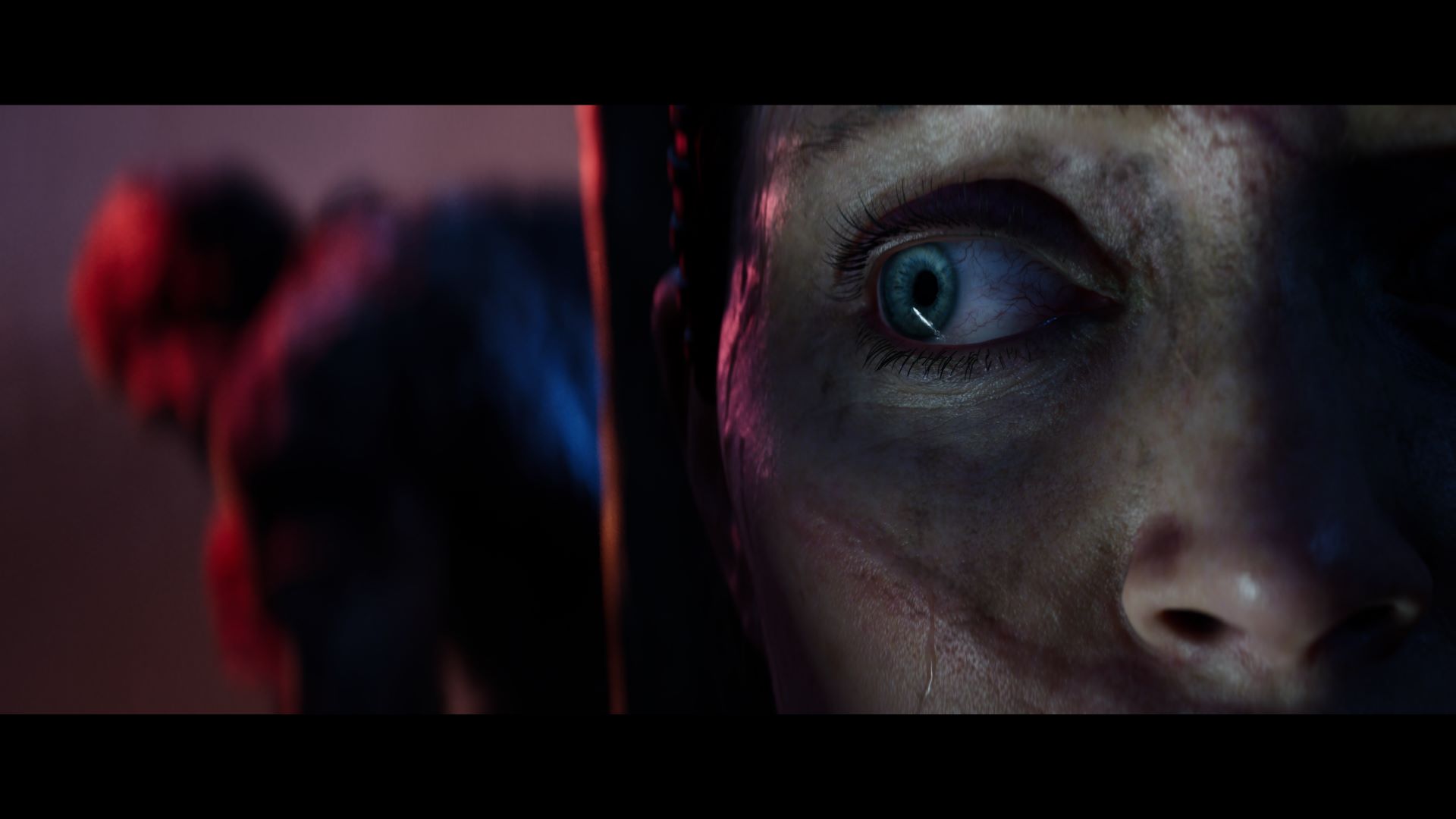
Derham notes that most people have some sort of internal monologue active when we’re being spoken to, but it’s mostly not at the foreground, and it’s also not audible: “Imagine if every time someone was talking to you, you had that constant commentary on what they’re saying, maybe even arguing about the meaning. Every time Senua meets a new character, the voices are going to react to that.”
Fletcher accentuates this by describing a big step in the understanding of psychosis from a research perspective, which revolves around the meaningfulness of experiences for those living with psychosis. They’re not just neural noise – the experiences are constructed in the same way we all construct our reality.
“What’s exciting to me about Hellblade II is the growing interest that people can entertain two levels of reality,” Fletcher says. “Senua may have the darkness and the voices, but at the same time, she can recognise and be part of other people’s constructions too.”
“Senua may have the darkness and the voices, but at the same time, she can recognise and be part of other people’s constructions too.”
Professor Paul Fletcher
Senua’s willingness to be part of other people’s stories – as we briefly mentioned earlier regarding her choice to save someone who is a stranger to her – also showcases another aspect of how she’s moving past certain experiences that made her so insular.
“Her psychosis had influenced her relationships with other people to a point where she was weary and withdrawn from the world, Derham says. “What we’re showing now is her starting to overcome that, depending on who she meets, and we’re showing that her perspective is just as valuable as anyone else’s.”
“Some people will react to her with harshness or horror, but some will see her differently, and she’ll find common ground and share positive experiences with them. It’s really exciting to watch Senua explore these interpersonal dynamics and relationships with other characters, and how she can help them.”
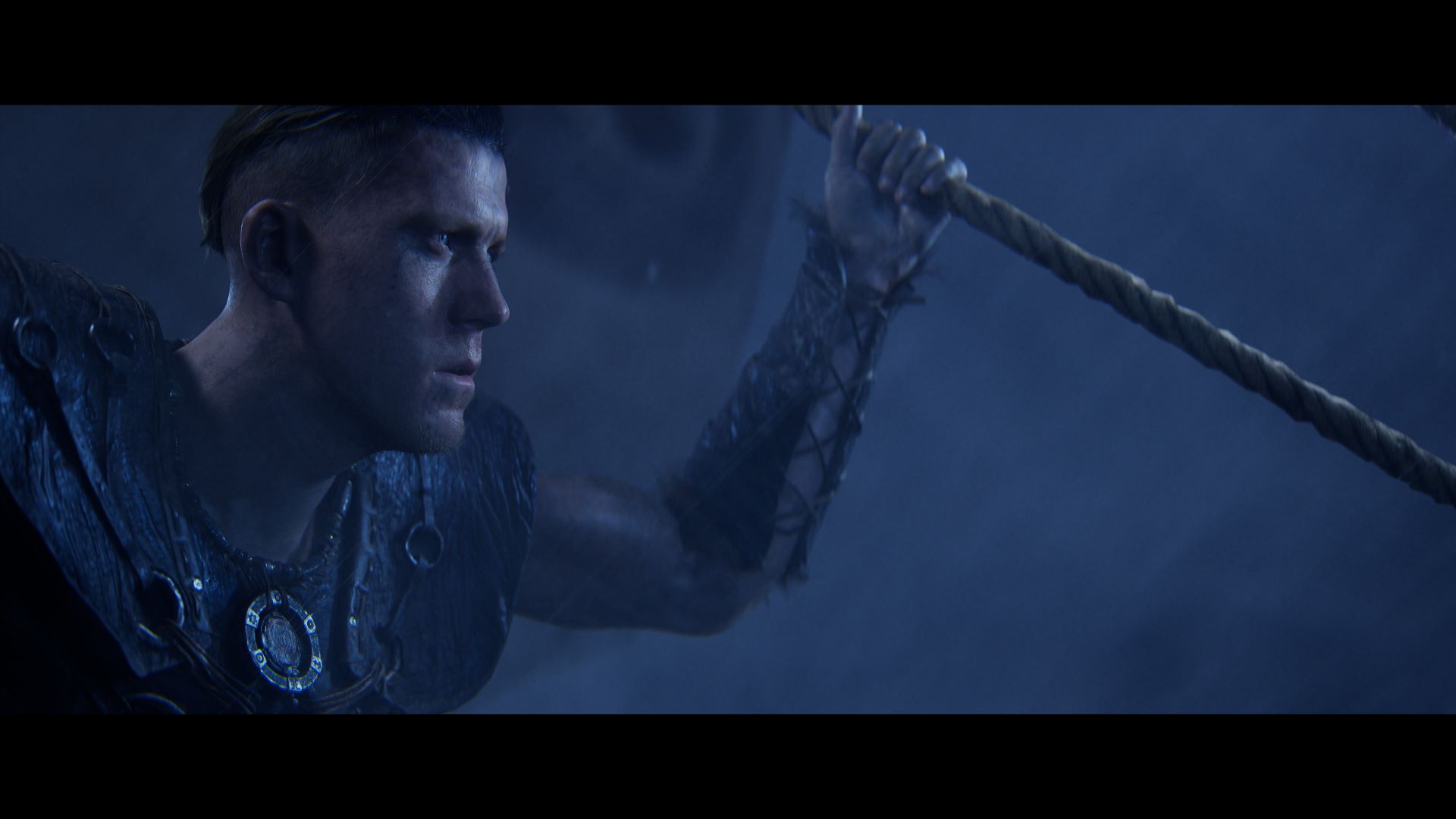
Senua’s Sacrifice is considered one of, if not the most authentic representation of psychosis in modern media, but Derham and Fletcher both agree that there may never be a truly complete depiction of the condition, as it “doesn’t remain static, and people’s relationship to it changes over time,” according to Derham.
One line in particular struck me during my time with Senua Saga: Hellblade II, which sees Senua calmly and assertively say “it’s not a prison, it’s a promise.” In this moment, we see Senua make peace with her past, and prepare to pursue her new goal confidently, not just for herself, but for the people around her. It’s in this line where I really feel her growth as a character, as a survivor, and more widely, as a woman living in a harsh world with a chronic, invisible condition.
“It was important for us to show that Senua is still on a journey,” Derham adds. “The courage and persistence that she showed in the first game is still evident, but it’s more self-directed now. She will still hear voices that’ll try to influence her, but she can choose whether to respond to that or not. She has agency in a way she didn’t have in the first game, and that evolution really is key.”
Senua’s Saga: Hellblade II will be released on May 21, 2024 for Xbox Series X|S, Windows PC, Steam and Cloud – and will be available with Xbox Game Pass and PC Game Pass day one.
The post How Ninja Theory Strives to Make Senua the Most Human Character in Gaming appeared first on Xbox Wire.

